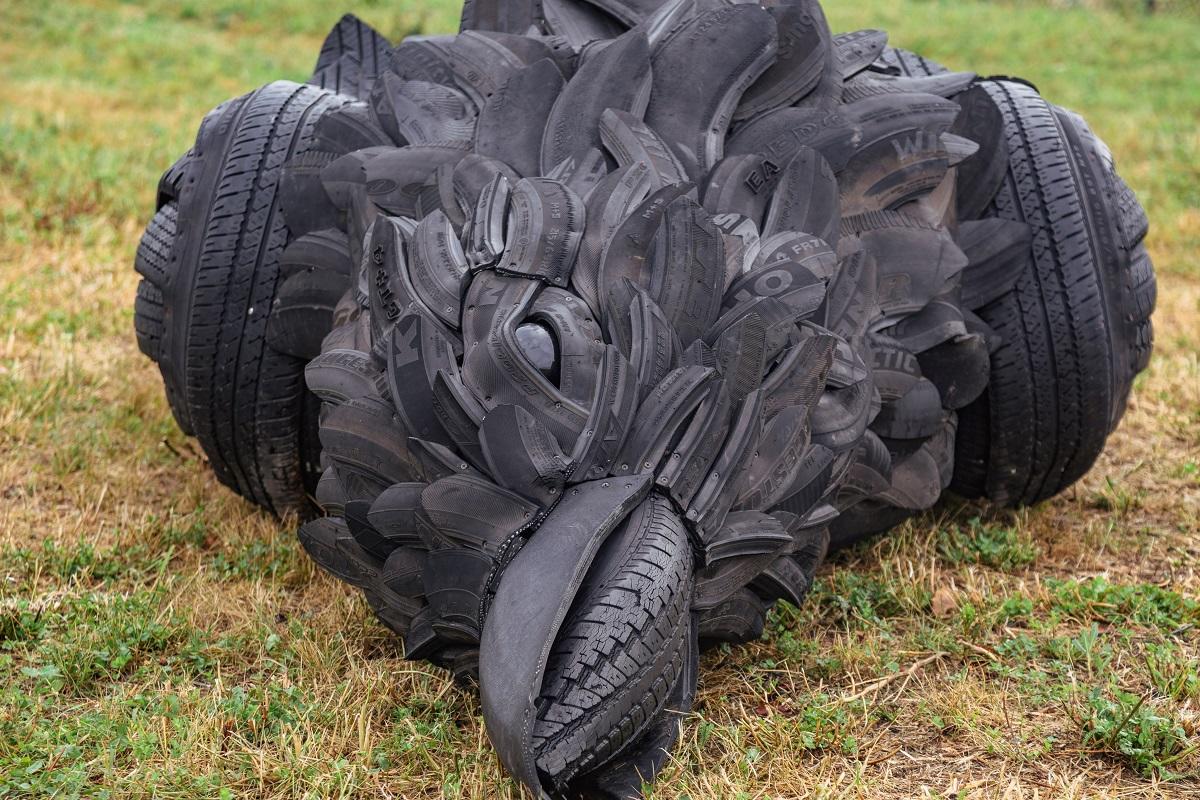When the Rubber Hits the Road: Ottawa public art installation (sculpture by Gerald Beaulieu)
Members of the media may directly contact the following expert:
Jennifer Macklem (English and French)
Associate Professor, Department of Visual Arts, Faculty of Arts.
[email protected]
“Public art is polarizing because people have preconceived ideas about what they want to see. Some don’t want to be challenged by art, they want to be comforted. They might even feel personally insulted. It is odd because there is so much else in the public space that is challenging and yet many turn a blind eye. This is a great sculpture, a creative and deft use of a détournement of materials. Art is a truth-telling vehicle and there are hard truths in this sculpture. We can’t expect artists, writers, musicians, creative people in general, to dial down their truthful and honest responses to the world as-it-is.
"The sculpture merges two opposing concepts: a life form from nature i.e the ever-inquisitive crow with utilitarian, industrial shards of tires, linking the vulnerability of life to the destructive legacy of highway traffic. Tires are derived from oil, and are inextricably linked to the oil and gas industry. This industry, while obviously providing humans with many benefits, also has its dark sides, namely its ecological impact on the more-than-human world. The crow is presented as an individual, as though the artist is considering the specificity of one particular crow, which is a way of honouring living (or dying) forms through encountering them. Many art pieces from history also show death, often honouring dead heroes. This sculpture is a powerful statement, honouring the death of particular crow."
